- 注册
- 登录
- 小程序
- APP
- 档案号

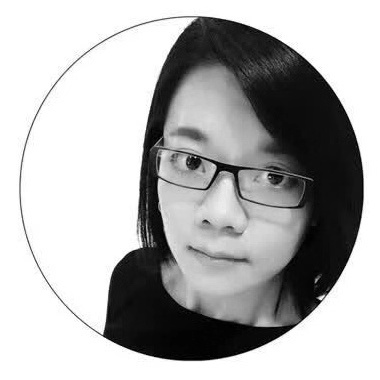
那小海 · 2023-08-04 14:49:54
English follows Chinese (后附英文版)

7月28日,ULI上海成功举办了一场主题为 “幕墙设计的创新与未来” 的活动。活动有幸邀请了来自SOM,英海特,大界智造,旭格的几位资深行业专家给大家分享关于幕墙设计的思考、创新设计和未来展望。这次座谈会主要从幕墙设计全周期碳排放的再思考,以减少隐含碳为出发点的幕墙设计,智能建造驱动幕墙创新以及绿植幕墙如何打造城市垂直生命力等几个方面展开,吸引了50余名房地产行业专业人士参加。
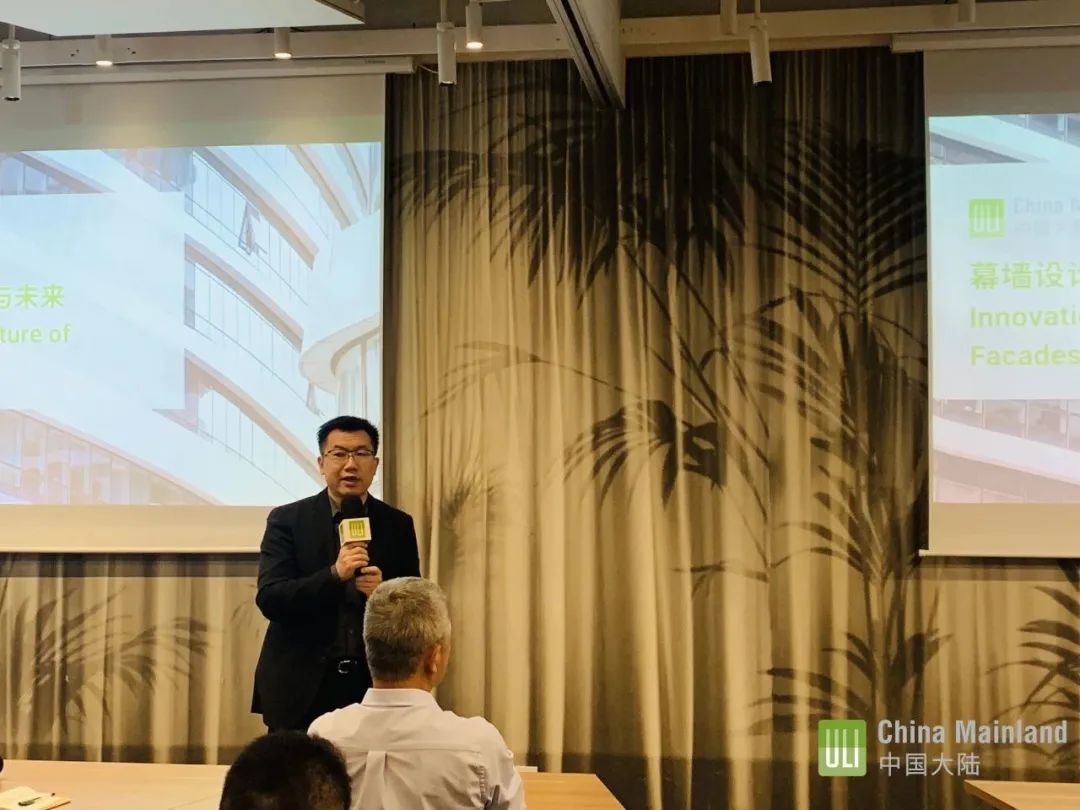
瑞安房地产产品创新及设计管理总经理李岩担任本次活动的上半场的主持人,他首先介绍了城市土地学会(Urban Land Institute, ULI)及其使命,并引出了本次活动主题:幕墙设计创新与未来。然后,他向大家介绍了两位演讲嘉宾:SOM建筑技术总监朱岳及英海特执行董事钱学昆。
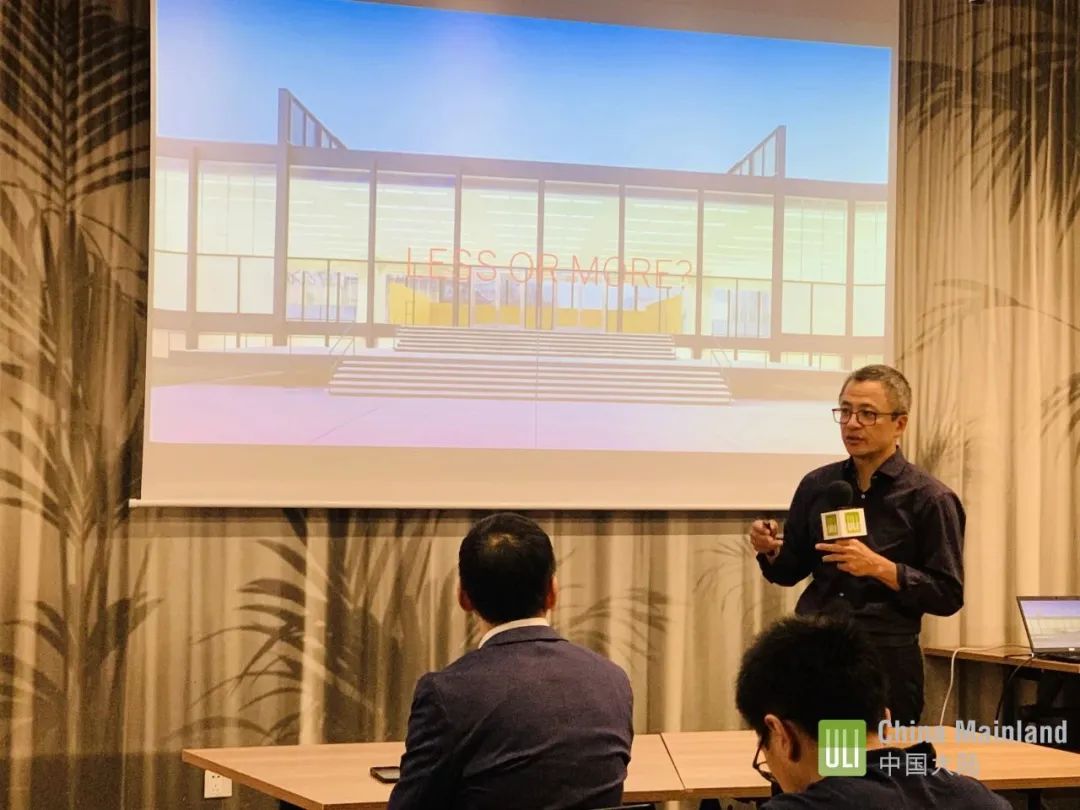
SOM建筑技术总监朱岳从SOM地标建筑的幕墙设计实践与建筑生命周期出发,重新审视少就是多的设计理念,提到了虽然常见的铝合金遮阳系统减少了运营碳,但会大大增加初期隐含碳,回收期根据设计可长达50-180年。他建议幕墙设计需要综合评估特定气候条件下的生命周期隐含碳和运营碳,大多数气候条件下减小窗墙比,减少材料使用并优先考虑使用相对低隐含碳材料,比如石材,木材和玻璃,相比铝合金等金属来大幅减少隐含碳, 同时研究光伏等可再生能源在建筑上的高效使用。
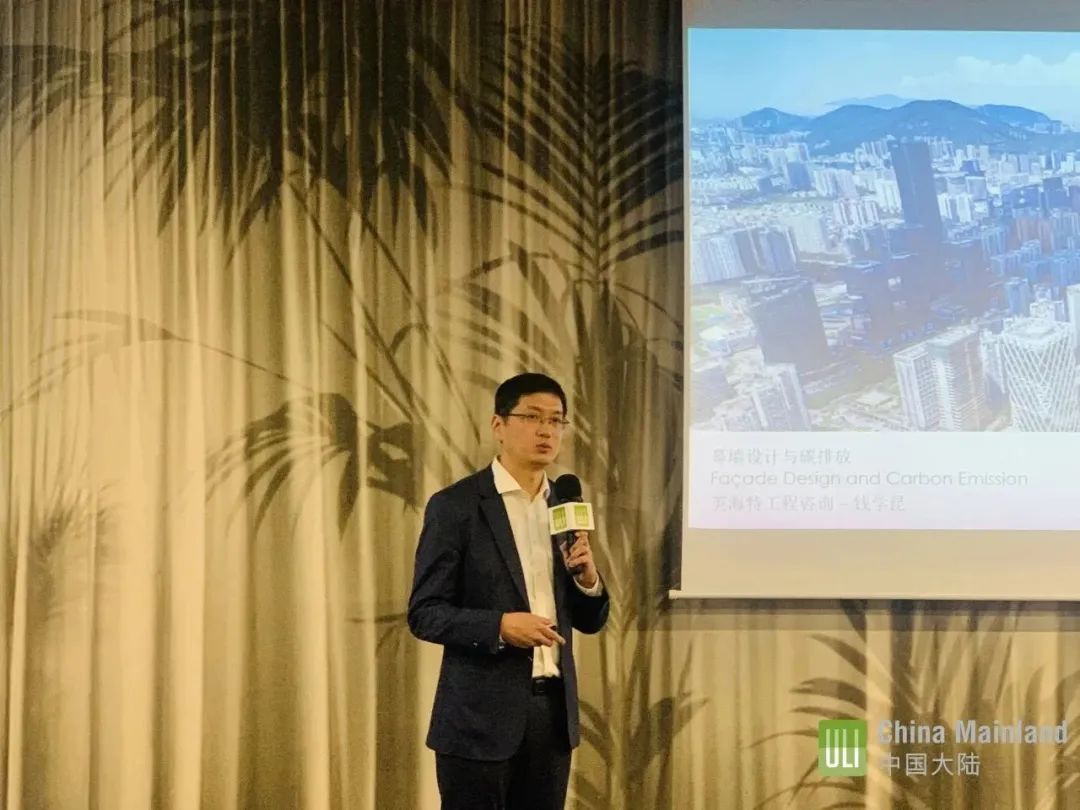
英海特执行董事钱学昆分享了在设计与实施过程中,如何通过细化设计要求,比如保留既有建筑的外立面,减少不必要的遮阳与装饰条以及不规则的结构,比较外墙材料,优化外墙结构,优化运输方案等,来减少隐含碳。

随后的小组讨论环节,主持人李岩提出了一系列引发思考的问题,朱岳和钱学昆就相关问题分享了他们的观点。对于如何在满足美学要求的同时减少碳排放,两位嘉宾都表示建筑审美在回归简洁,可以多探索应用自然材料和绿化等方式。

梁仟担任本次活动的下半场的主持人,她向大家介绍了两位演讲嘉宾:大界智造合伙人兼总经理赖冠廷和旭格中国工程总监孙德岩。
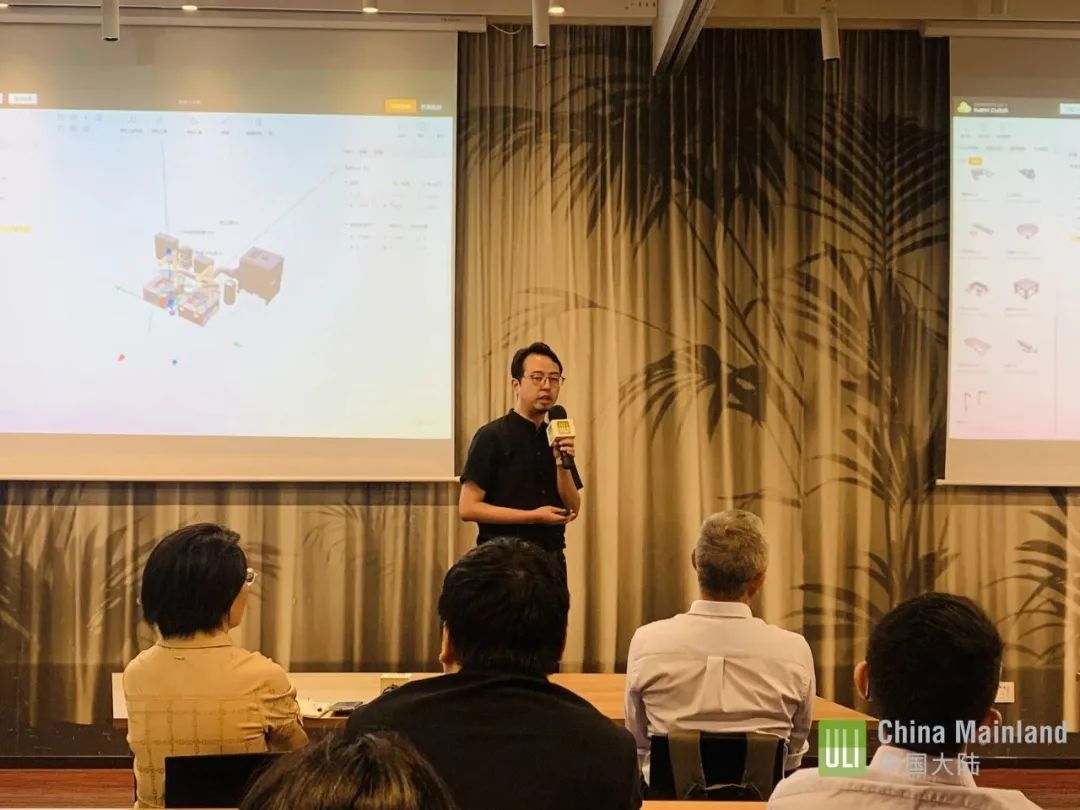
接下来,大界智造合伙人兼总经理赖冠廷通过三个实践项目分享了智能建造如何赋能幕墙领域、新材料结合新工艺如何创新设计,以及在ESG的视野下,数字化技术如何推动可持续发展。

旭格中国工程总监孙德岩首先提到城市化进程中的环境和气候挑战,提出了“城市绿化从地面向立面扩展”的愿景。他解释了绿植幕墙的直接收益,包括改善室内外气温,吸收噪声,提升城市生活品质,美化城市景观等。
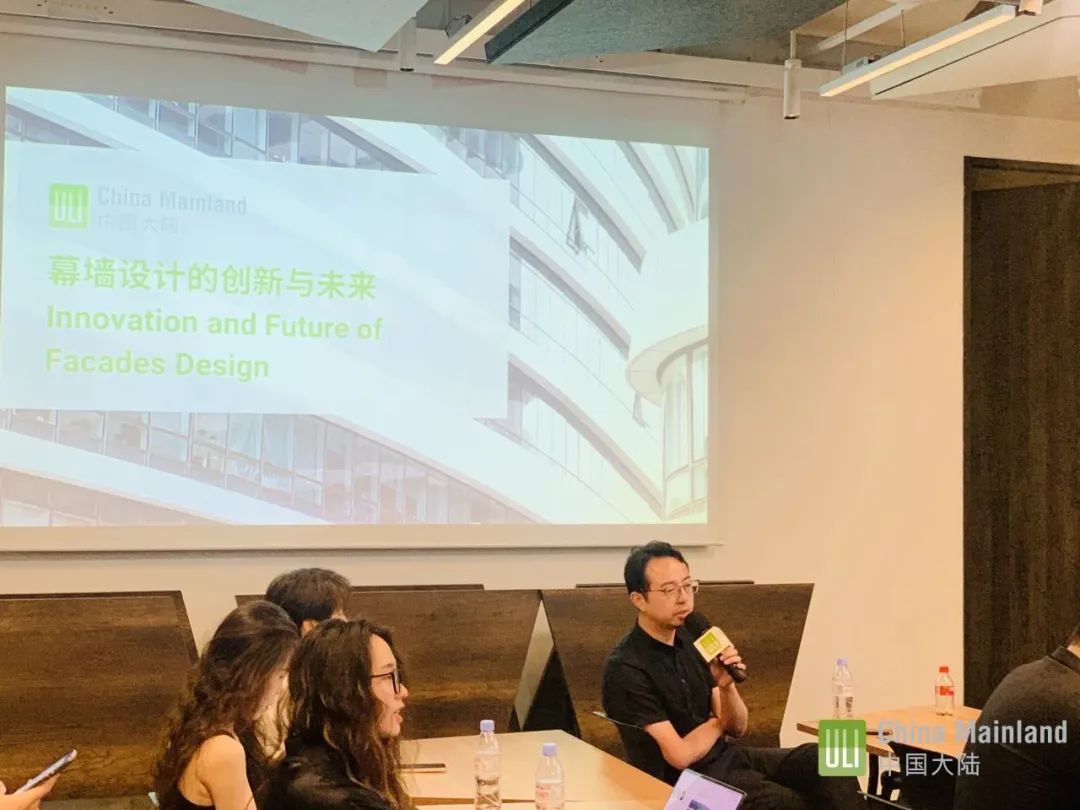

梁仟主持了下半场的问答环节,气氛热烈,思想碰撞。朱岳和孙德岩就绿植幕墙在减碳方面的作用,以及绿植如何提供透光部分遮阳,提供绿色视野等话题进行了交流。而赖冠廷则分享了大界与地产、设计师的合作方式,以及介入项目的合适阶段,并强调以智能建造技术驱动设计发展的重要性。
李岩强调了在项目部署新技术时,不应只是追求科技感,而是要从人的角度出发,如何更好地服务于人,提升人的舒适度。此观点作为本次活动的总结迎来了大家的阵阵掌声。
本次活动以专家的深度分享和热烈的讨论,为所有参与者带来了丰富的收获。让我们期待下一次的相聚,再次共同探讨建筑领域的创新与未来。
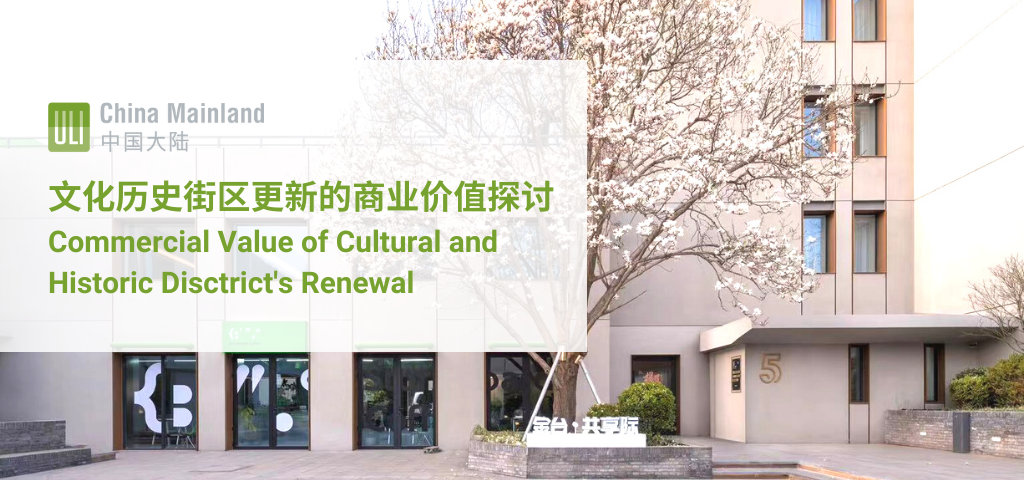


On July 28th, ULI Shanghai successfully hosted an event themed “Innovation and Future of Facade Design.” The event had the honor of inviting several senior industry experts from SOM, Inhabit, RoboticPlus.AI, and Schüco China to share their thoughts on facade design, innovative designs, and prospects. The seminar mainly focused on rethinking of the full-cycle carbon emission of facades design, facades design starts with reduction of embodied carbon, intelligent construction drives facades innovation, and green plant facade to create vertical vitality of the city, attracting over 50 real estate industry professionals.

Yan Li, General Manager, Product Innovation & Design Management, Shui On Land, hosted the first half of the event. He first introduced the Urban Land Institute (ULI) and its mission and brought up the theme of the event: Innovation and Future of Facade Design. Then, he introduced two speakers: Yue Zhu, Technical Principal, SOM, and Xuekun Qian, Executive Director, Inhabit.
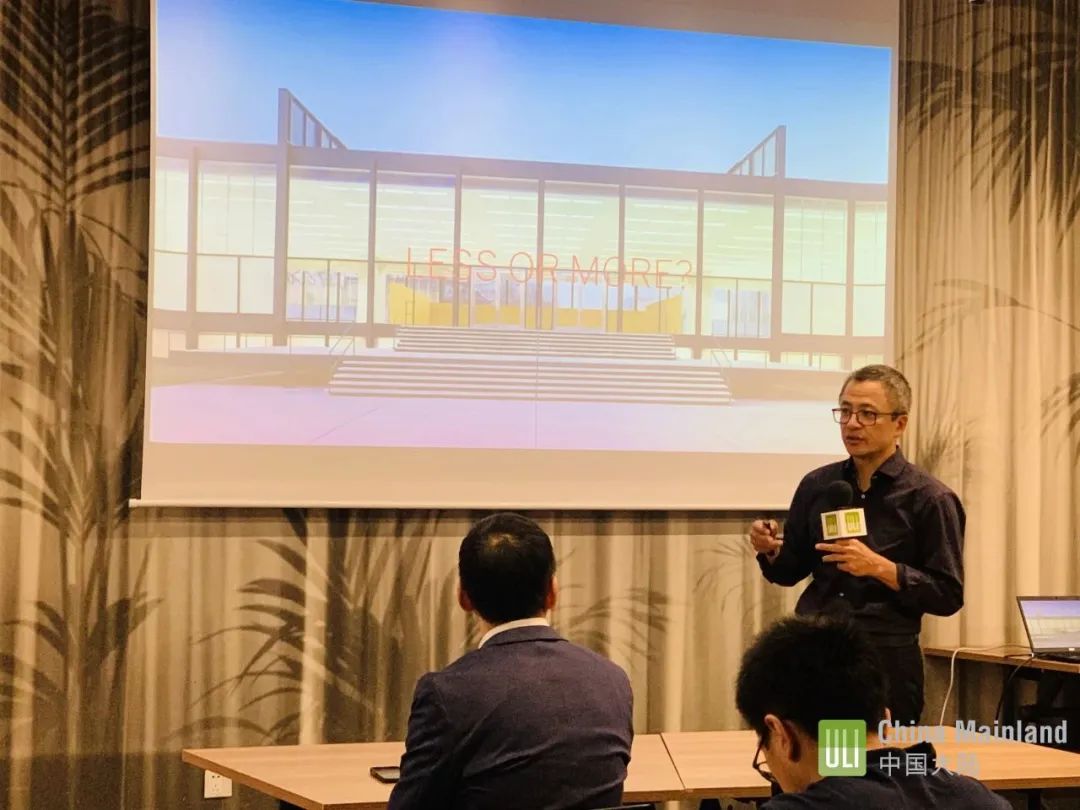
Yue Zhu, Technical Principal, SOM, started by revisiting the design concept of "less is more" from the perspective of SOM's landmark buildings' façade design and building lifecycle. He mentioned that although common aluminum alloy shading systems reduce operational carbon, they greatly increase initial embedded carbon, and the recycling period can be as long as 50-180 years depending on the design. He suggested that façade design needs to comprehensively assess the lifecycle embedded carbon and operational carbon under specific climatic conditions, reduce window-wall ratios in most climates, reduce material usage, and prioritize relatively low embedded carbon materials like stone, wood, and glass, over metals like aluminum alloy, to significantly reduce embedded carbon. Meanwhile, he recommended researching the efficient use of renewable energy like photovoltaics on buildings.

Xuekun Qian, Executive Director, Inhabit, shared how to reduce embedded carbon during the design and implementation process, such as preserving the existing building's façade, minimizing unnecessary shading and decorative strips, and irregular structures, comparing external wall materials, optimizing external wall structure, optimizing transportation schemes, etc.

In the subsequent panel discussion, Yan Li raised a series of thought-provoking questions, and Yue Zhu and Xuekun Qian shared their views. Both speakers expressed that architectural aesthetics could return to simplicity, exploring more natural materials and greenification.
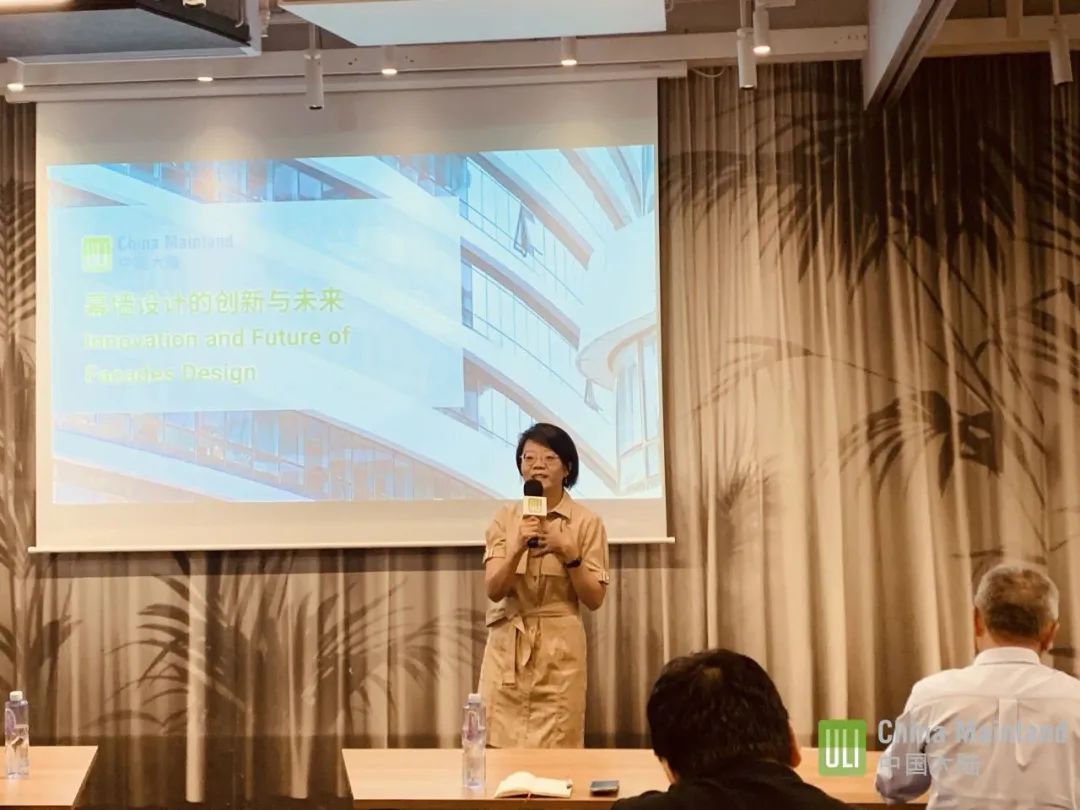
Qian Liang hosted the second half of the event, introducing two speakers: Kuan-Ting Lai, Partner / Senior Director of AED, RoboticPlus.AI and Suny Sun, Engineering Director / Senior Engineer, Schüco China.
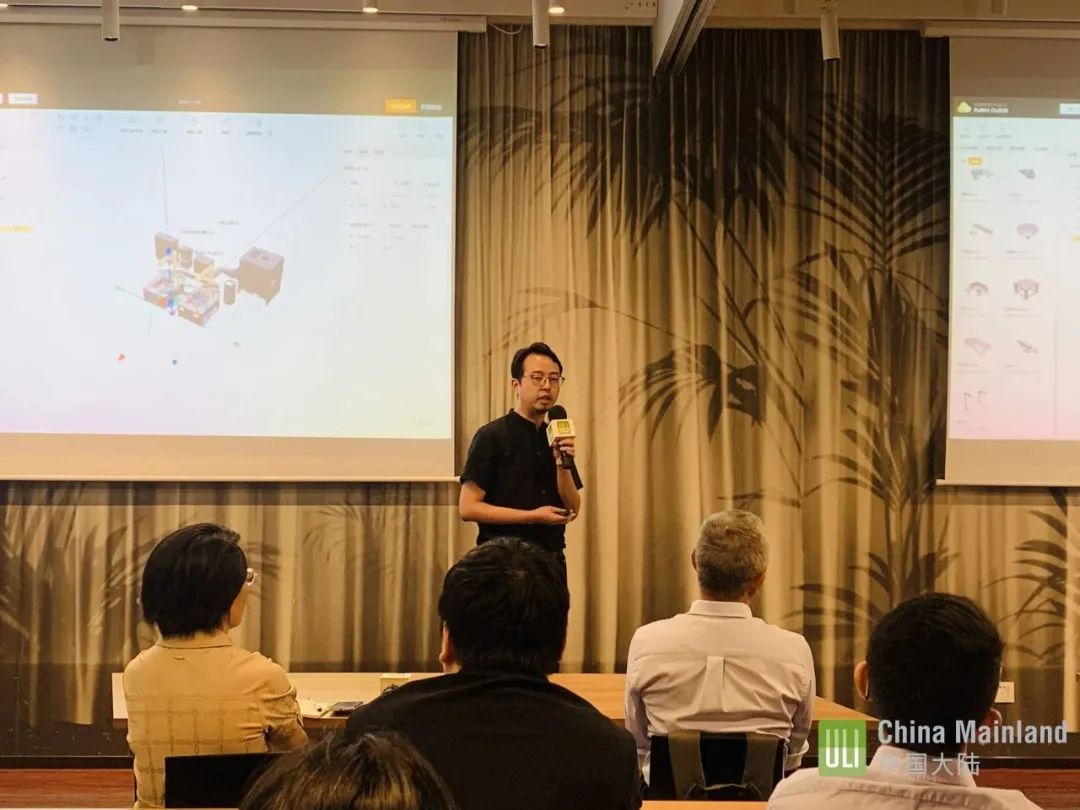
Next, Kuan-Ting Lai, Partner / Senior Director of AED, RoboticPlus.AI, shared through three practical projects how intelligent construction empowers the façade field, how new materials combined with new techniques innovate design, and how digital technology promotes sustainable development under the ESG perspective.
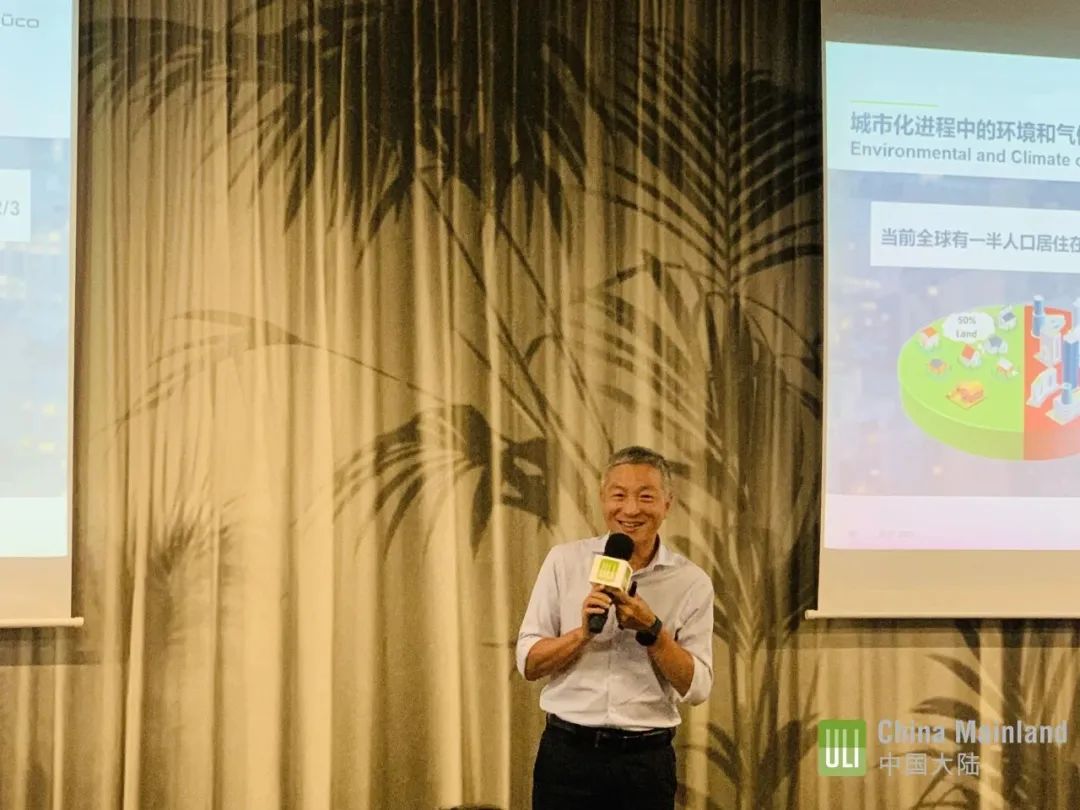
Suny Sun, Engineering Director / Senior Engineer, Schüco China, talked about the environmental and climate challenges in the urbanization process, proposing the vision of "urban greening expanding from the ground to the facade." He explained the direct benefits of green facades, such as improving indoor and outdoor temperatures, absorbing noise, enhancing urban living quality, beautifying urban landscapes, etc.
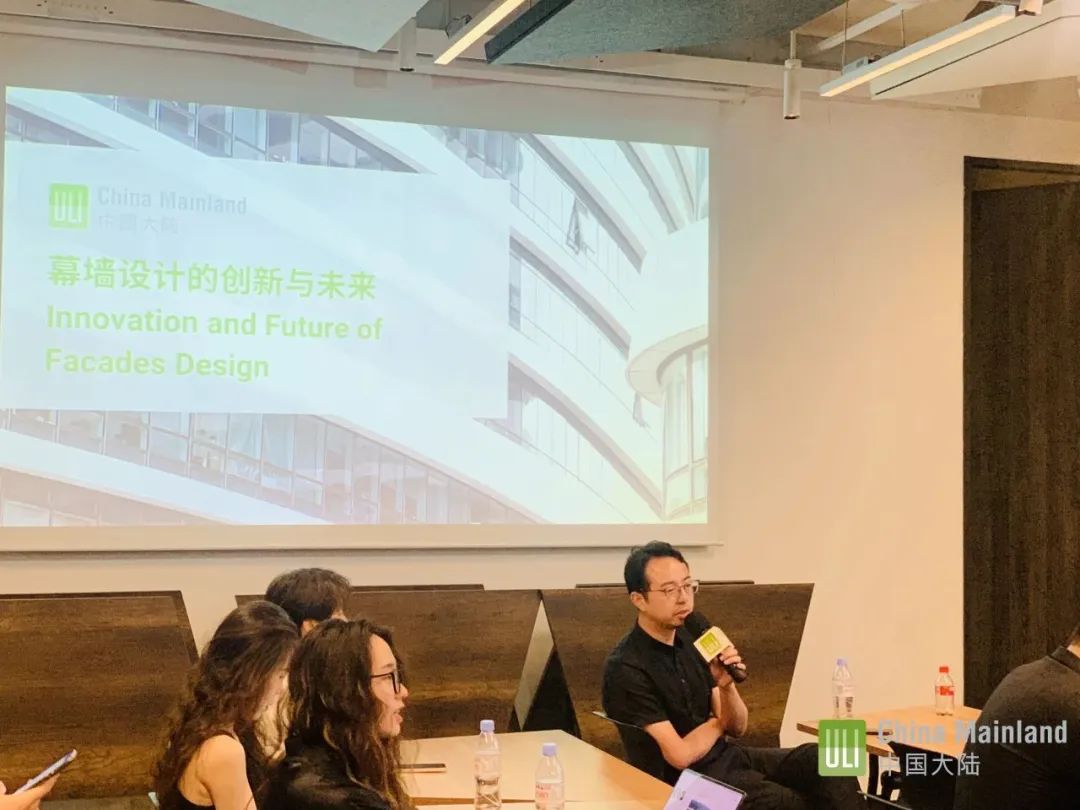
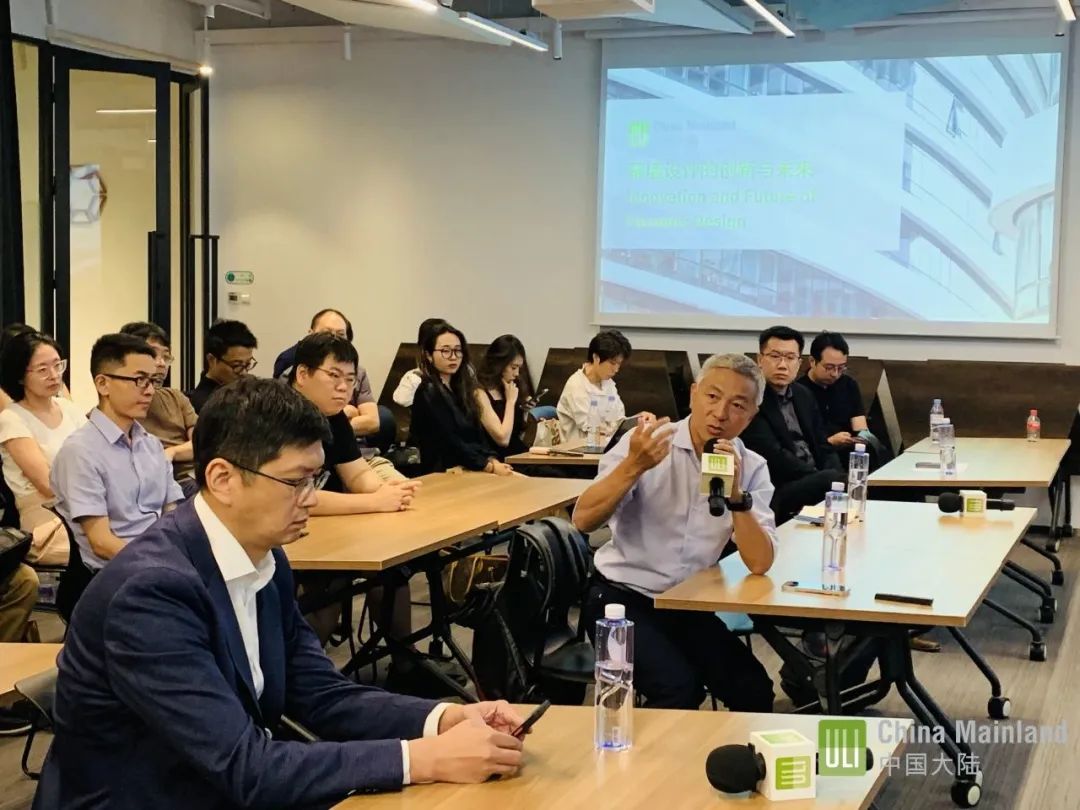
Qian Liang hosted a lively Q&A session, where Yue Zhu and Suny Sun discussed the role of green facades in reducing carbon and how greenery provides partial shading and green views. Kuan-Ting Lai shared RoboticPlus.AI's collaboration methods with real estate developers and designers, the appropriate stages to intervene in projects, and emphasized the importance of driving design development with intelligent construction technology.
Yan Li emphasized that deploying new technology in projects should not just pursue a sense of technology but should start from the human perspective, on how to better serve people and improve comfort. This viewpoint, as the summary of the event, was met with warm applause.
With the experts' deep sharing and lively discussions, this event brought rich gains to all participants. Let's look forward to gathering again to explore the innovation and future of the architectural field together.
ULI China Mainland
Email: chinamainland@uli.org Website: china.uli.org
特别声明
本文为自媒体、作者等档案号在建筑档案上传并发布,仅代表作者观点,不代表建筑档案的观点或立场,建筑档案仅提供信息发布平台。
42
好文章需要你的鼓励

 参与评论
参与评论
请回复有价值的信息,无意义的评论将很快被删除,账号将被禁止发言。
 评论区
评论区